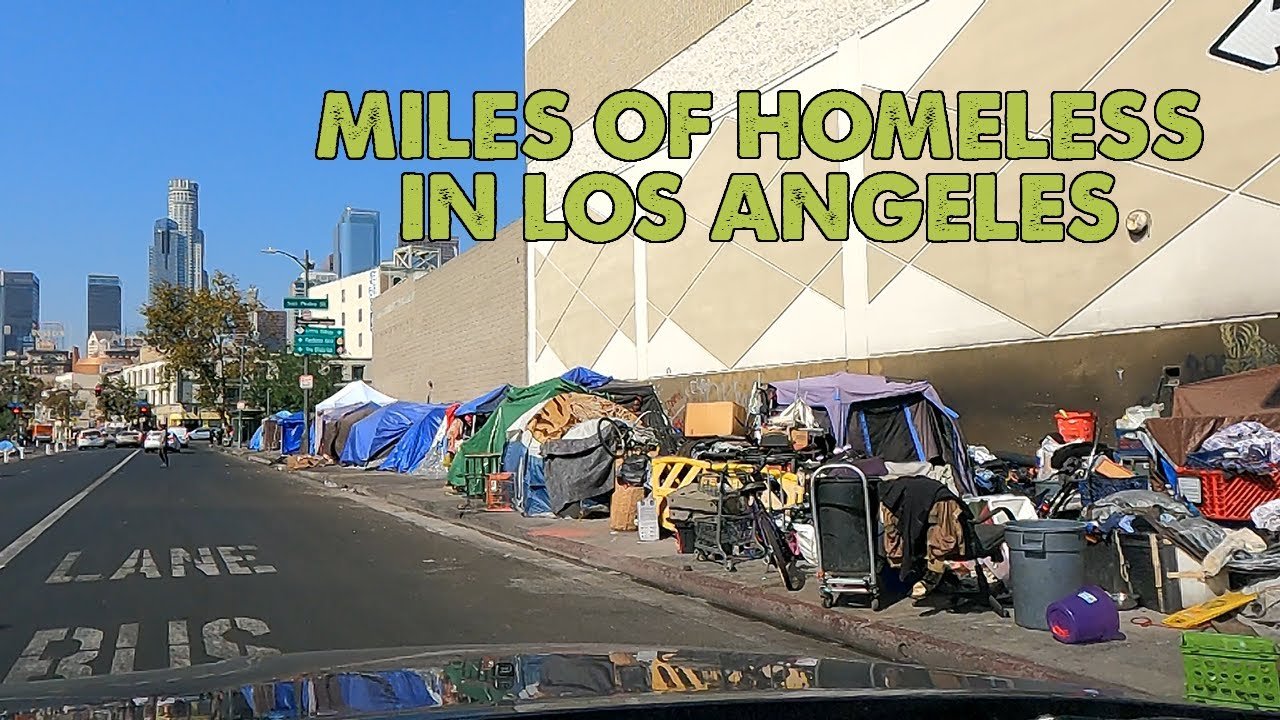Exploring the Main Causes of Homelessness in Los Angeles
Homelessness is a complex and multifaceted issue that affects cities worldwide, and Los Angeles is no exception. The homelessness crisis in Los Angeles has gained significant attention due to its severity and persistence. According to the 2020 Greater Los Angeles Homeless Count, the city had an estimated 66,436 people experiencing homelessness, making it one of the largest homeless populations in the United States.

In this article, we will delve into the primary causes of homelessness in Los Angeles, examining the various factors contributing to this crisis.
- Housing Affordability
One of the most significant drivers of homelessness in Los Angeles is the high cost of housing. The city’s real estate market is notoriously expensive, with rapidly increasing rent and home prices that outpace income growth for many residents. A significant portion of Angelenos struggle to afford stable housing, which can lead to evictions, rent burdens, and ultimately homelessness. Additionally, a lack of affordable housing options exacerbates this problem, making it difficult for low-income individuals and families to secure suitable accommodations.
- Income Inequality
Income inequality is another major contributor to homelessness in Los Angeles. The city’s stark wealth disparities result in limited economic opportunities for low-income and marginalized communities. Many residents are left without access to the necessary resources to maintain stable housing. Those who experience job loss, underemployment, or financial setbacks may find themselves unable to pay rent or mortgages, ultimately leading to homelessness.
- Mental Health and Substance Abuse
Mental health issues and substance abuse are closely linked to homelessness. A significant portion of the homeless population in Los Angeles struggles with untreated or inadequately treated mental health conditions and substance abuse problems. The lack of access to mental health services and addiction treatment programs further compounds the issue, making it challenging for individuals to recover and reintegrate into stable housing.
- Gentrification and Displacement
Gentrification is transforming many neighborhoods in Los Angeles, leading to rising property values and displacing long-time residents. As neighborhoods become more attractive to higher-income residents, low-income communities are often pushed out, struggling to find affordable alternatives. This process contributes to the displacement of individuals and families who may then end up homeless.
- Foster Care System and Youth Homelessness
Many young people in Los Angeles experience homelessness as a result of leaving the foster care system. Once they reach adulthood and “age out” of the system, they may lack the necessary support networks and resources to secure housing, leading to homelessness. Addressing this issue requires better transition programs and services for youth leaving foster care.
- Domestic Violence
Domestic violence is a significant contributor to homelessness, particularly among women and families. Victims of domestic abuse often flee their homes to escape dangerous situations, leaving them without a place to live. Access to emergency shelters and support services for survivors is crucial in addressing this aspect of the homelessness crisis.
- Inadequate Social Services
The availability of social services, including shelters, mental health treatment, and addiction recovery programs, is insufficient to meet the needs of the homeless population in Los Angeles. The lack of resources and coordination among service providers can result in people falling through the cracks, perpetuating their homelessness.
- Criminal Justice System
The criminal justice system plays a role in contributing to homelessness. Many individuals who have been incarcerated face challenges finding stable housing upon release, due to limited employment opportunities, housing discrimination, and the lasting consequences of a criminal record.
Conclusion
The homelessness crisis in Los Angeles is the result of a complex interplay of factors. Housing affordability, income inequality, mental health and substance abuse issues, gentrification, and inadequacies in social services all contribute to this pressing issue. Addressing homelessness in Los Angeles requires a multifaceted approach that includes increasing access to affordable housing, improving mental health and addiction treatment services, enhancing support for youth leaving the foster care system, and addressing the root causes of domestic violence. It is essential for policymakers, organizations, and communities to work collaboratively to combat homelessness in Los Angeles and provide stable and secure living environments for all residents.
